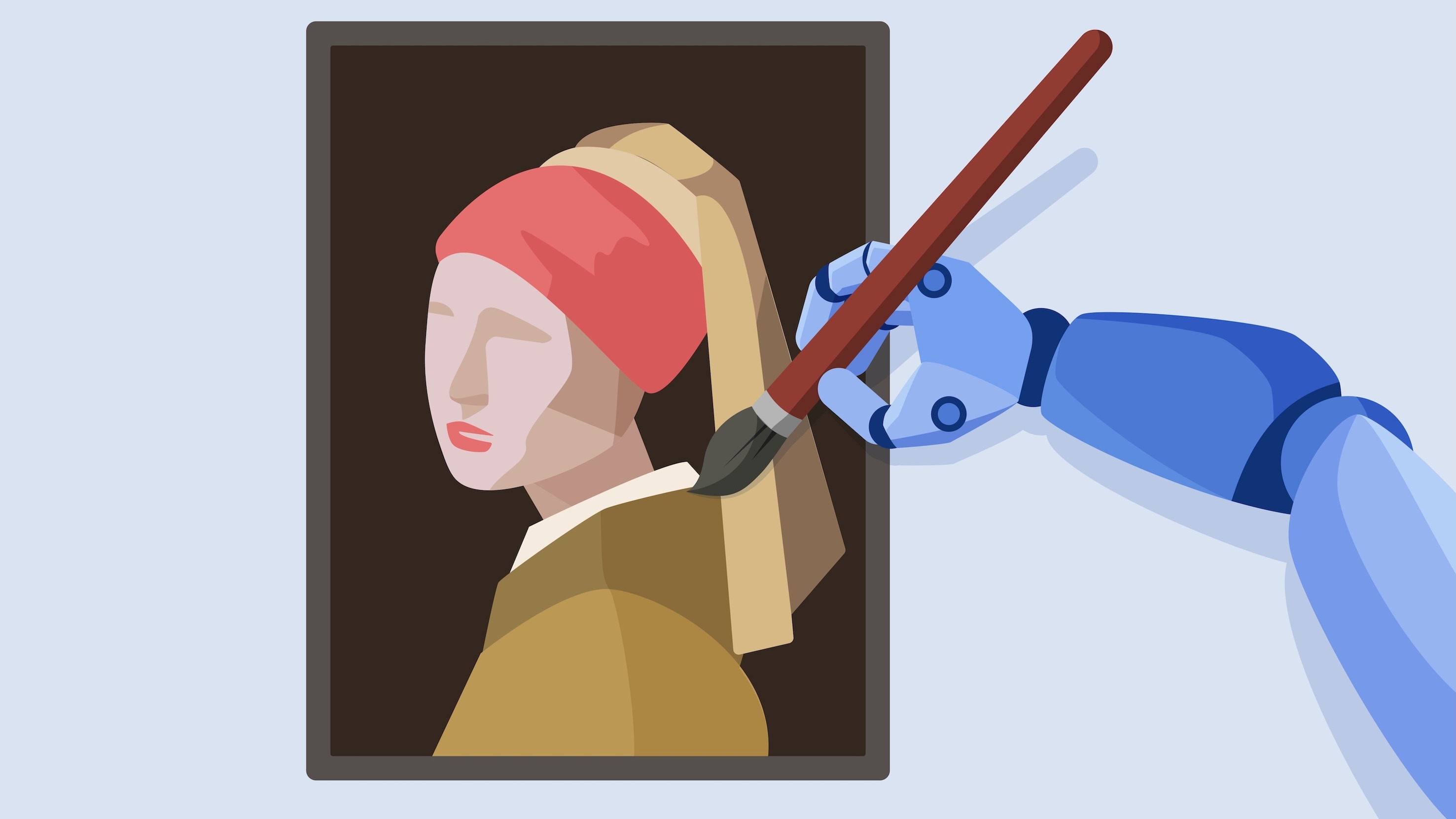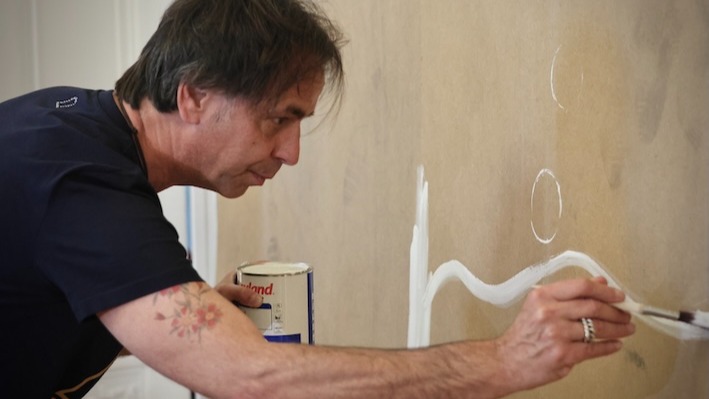
Hands Off My Art: Should AI-Generated Art Be Subject to Copyright?
On February 10, 2025, Christie's auction house received an open letter with nearly 6,000 artist signatures (and counting) protesting their upcoming Augmented Intelligence sale, announced just two days earlier and scheduled to take place in ten days. This New York sale is expected to generate $600,000 from twenty lots spanning five decades, with roughly 25% of the works being digitally native, such as non-fungible tokens (NFTs). The remainder includes light boxes and screens. In the letter, the artists argue that some of the AI models used to create works in the sale have been trained on copyrighted material without the original creators' consent. The letter states: ‘These models, and the companies behind them, exploit human artists, using their work without permission or payment to build commercial AI products that compete with them’.
However, as The Art Newspaper reports, one artist included in the sale, Sarp Kerem Yavuz, who sometimes incorporates AI in his own work, claims the artists protesting the sale misunderstand how AI-generated art works. Yavuz emphasizes that AI art results from a blend of millions of images, none of which can be directly attributed to a single artist. This raises an interesting question: Could the artists' fears be less about copyright and more about competition — if the two can be separated? Yavuz acknowledges that AI-generated images may mimic human inspiration but argues that AI is more efficient at sifting through vast amounts of information. This efficiency, however, can be viewed as a direct threat to human creativity and the artistic process. Copyright, after all, has always been tied to human output, and this conversation around AI's role in the creative world is one that will only grow more complex in the years ahead.
It's not hard to see why so many feel anxious about AI's rapid advancements and its potential to disrupt careers and sources of income. However, for those in creative fields — artists, writers, musicians — the threat feels even more personal, as their work is a visceral expression of their humanity.
Beyond fear, what will the impact of AI be on creatives, and, more specifically, the art world? If AI relies on human output to evolve, what does that mean for copyright, and how can we regulate it to prevent AI from overtaking human creative jobs?
In March 2024, the UK Labour Party released a plan aimed at finding a ‘balance between fostering innovation in AI while ensuring protection for creators and the ongoing viability of the creative industries’ (Post). It acknowledges the potential of AI to unlock new creative frontiers but also emphasises the importance of human-centered creativity. Achieving this balance will require collaboration between creatives and AI developers, especially since current copyright laws do not account for non-human creators. The assumption has always been that creative works are produced by humans. While some argue that AI-generated art should fall under existing copyright laws, others believe a new legal framework is necessary to account for the machine's role in the creative process (Springer Nature).
Given that AI-generated art depends on datasets of human creations, it seems logical that both human artists and AI models should be compensated for their contributions. Regulatory frameworks are vital for artists who rely on royalties, and limits must be established to protect works that should not be used for AI training, especially as AI can easily (re)produce artistic works for commercial purposes. These decisions should ultimately lie with the original creators, for, if they aren’t, profound legal issues, not to mention distrust, arise.
For instance, in January 2024, the AI platform Midjourney was embroiled in a scandal when it was revealed, through a circulating list of artist names, that it had developed a massive database of time periods, genres, styles, mediums, techniques, and thousands of artists to train its AI text-to-image generator. This 24-page list of 16,000 names included blue-chip artists like Damien Hirst, Frida Kahlo, Andy Warhol, Pablo Picasso, and Vincent Van Gogh, along with the work of a six-year-old artist, Hyan Tran, who had contributed art to the Magic: The Gathering card game. In response, a class-action copyright lawsuit was filed, but in September of that year, the US Copyright Review Board ruled that AI-generated images could not be copyrighted due to their production methods (ARTnews). This decision has only fueled artists' concerns about their work being scraped by AI without permission, leading researchers at the University of Chicago to create Nightshade, a digital tool that adds invisible pixels to an artist's work before uploading it online. These "poison" pixels manipulate image sets used to train AI models like Midjourney and DALL-E, causing them to misinterpret certain images (ARTnews). Such tools are expected to become more widespread as the debate over AI and copyright intensifies.
In short, the conversation surrounding AI in the creative industries is undoubtedly complex. While artists' concerns about the rise of AI are understandable, the legal implications of this new technology are far from straightforward. We need updated copyright laws and a more refined regulatory approach, but implementing these changes is no easy task, especially when it comes to tracking and compensating human creators for their work in a world increasingly influenced by AI. This conversation is one that will continue to evolve, but it is one that needs to begin now rather than later.




